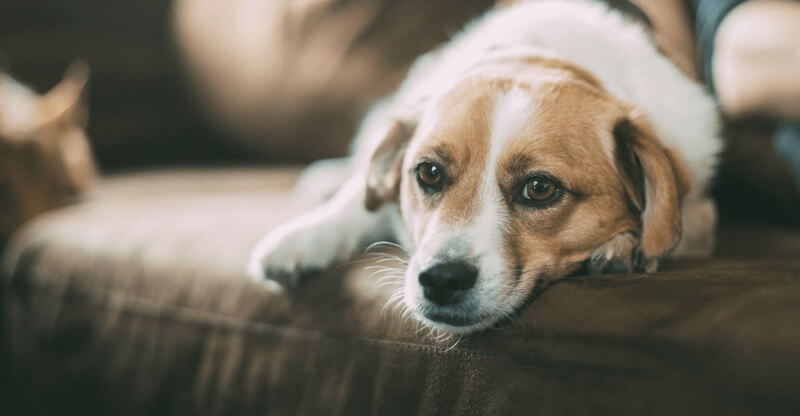With a dog, you have a lot of responsibility. It becomes difficult when you have to say goodbye to it. How do you behave and what is the last visit to the vet like?
Having a dog euthanized for personal reasons because living conditions have changed drastically or because an expensive but promising treatment will cost a lot of money is forbidden. A responsible veterinarian will also refuse to euthanize an animal for which it is still Hope gives.
Euthanasia is the Last Option

The situation is different, however, if the dog suffers from non-treatable pain or other massive restrictions due to reasons of age or a serious illness. Often it is the vet himself who advises the animal for the best of the redemption of the beloved friend. The decision is more difficult when age-related dementia and incontinence turn everyday life with your long-term companion into a daily challenge. Then it must be weighed very carefully whether the needs of the dog or your own are in the foreground. A generally valid statement as to when the right time has come cannot be made. The best advice is your own observation and the treating veterinarian, who is likely to notice serious changes, at least from a medical point of view.
What Happens During a Euthanasia?
Even if the term euthanasia initially gives the feeling that it is a gentle asleep of the four-legged friend, it is, strictly speaking, the bringing about of unnatural death. Therefore, a dog can only be euthanized by a veterinarian. This is the only way to ensure that the dog is allowed to take its last breath free of fear and pain.
Basically, in euthanasia, death is brought about by the injection of an overdosed narcotic. The preparation used for this is known under the name “Release” or “Eutha 77”. The injection can be given through a vein, or it can be given directly into the heart, lungs, or abdomen. The high-dose narcotic initially causes a deep unconsciousness within seconds before paralysis of vital switching cells in the brain leads to cardiac arrest and respiratory arrest. The completely numb animal dies gently of cardiac arrest without having to go through fear or pain.
However, many veterinarians give the animal injection with a strong sedative beforehand so that it sleeps soundly like with normal anesthesia and does not even notice the fatal injection. This is clearly the gentler method, especially for very anxious and nervous animals (and owners).
Even if the dog can no longer feel or perceive anything, twitching, vocalizations as well as urination and feces can occur while falling asleep. However, these are only unconscious muscle twitches similar to natural reflexes and do not indicate death throes.
How Should the Farewell to the Dog Go?
Unless an accident or severe poisoning makes it necessary to euthanize the dog, the veterinarian who has been treating you should do this last service. The difficult decision was usually preceded by longer treatment and the vet advised euthanasia in order to avoid unnecessary suffering.
A dog instinctively senses when it comes to an end. In nature, animals withdraw from their pack in order to be able to die in peace. Therefore, it is extremely important that your dog comes to rest before euthanasia and is not disturbed by the feelings of the owner. Most vets also do euthanasia during a home visit to save the dog the transport and the associated excitement to the veterinary practice.
What Do I Do If My Dog Dies?
Regardless of whether you let your dog euthanize in his familiar surroundings or in his practice, do him one last service of love and stay by his side until he has crossed the rainbow bridge.
Farewell to the dog at home: If your loyal companion can be put to sleep at home, leave him in his favorite place and bravely and calmly say goodbye to him. This can be done by petting, petting, and being affectionate, or by adding a few extra treats. Under no circumstances should you burst into tears or let your pain run wild over the events ahead. That has until later. The veterinarian will also meet the dog in a friendly or even happy manner before relieving him. As soon as your dog is no longer aware of its surroundings after the injections given, a few tears may flow, but don’t leave your dog alone now either!
Have the dog euthanized in the veterinary practice: If a visit to the veterinary practice is unavoidable in order to be able to euthanize your dog, the appointment should take place as quietly as possible and enough time should be allowed for goodbye. Now it is even more important that you stay calm and collected so as not to make the last few moments unnecessarily difficult for your dog. In the veterinary practice, too, it is your responsibility to the dog to accompany him until his last breath!
Even if the thought of the death of the four-legged family member hurts unspeakably, it is our responsibility to the animal that it does not have to suffer unnecessarily. Because real love means being able to let go when the time is right.
